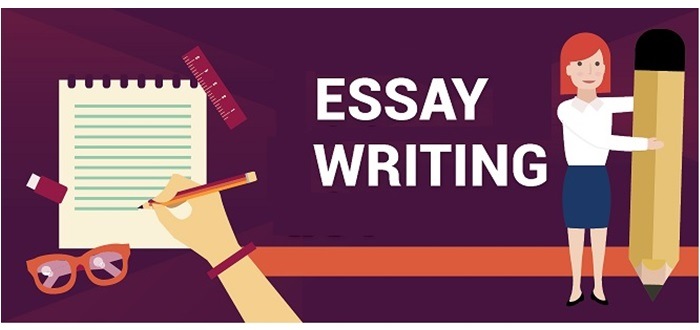
Writing picture compositions is an essential skill for school students (across all boards in India). It not only enhances a child’s ability to express ideas creatively but also helps develop observation, imagination, and storytelling skills. Here, we will explore techniques and strategies that will help students improve their picture composition and will help them to excel in exams and beyond.
Study and Understand the Picture
The first step in writing a picture composition is to carefully observe the given image. Take your time to examine the details, paying attention to the characters, objects, setting, and any other relevant elements. Consider the mood, tone, and context the image conveys. This initial observation will form the basis of your composition.
GET INSTANT HELP FROM EXPERTS!
- Looking for any kind of help on your academic work (essay, assignment, project)?
- Want us to review, proofread or tidy up your work?
- Want a helping hand so that you can focus on the more important tasks?
Hire us as project guide/assistant. Contact us for more information
Brainstorming Ideas
Once you have understood the picture, make note of ideas that come to your mind.
Ask questions like: What is happening in the picture? Who are the characters, and what might they be thinking or feeling? What events or situations might have led to this moment?
Allow your imagination to run wild, and remember, there are no wrong answers at this stage.
Organizing your Composition
Next, you must organize your thoughts and create an outline for your composition. Think about introduction, body paragraphs, and conclusion. Each paragraph should focus on a specific aspect of the picture, progressing the story or description logically.
Introduction
In the introduction, set the scene by describing the picture briefly and capturing the reader’s attention. Provide a context or background that establishes the main theme or idea of your composition.
Body Paragraphs
In the body paragraphs, develop your ideas by expanding on the key elements of the picture. Describe the characters, their actions, emotions, and interactions. Use sensory details to create a vivid image in the reader’s mind. Focus on creating a coherent and engaging narrative that connects the different elements of the picture.
Conclusion
End your composition with a nice conclusion. Wrap up the story or description by providing a resolution or a reflection. You can also include a moral or a lesson learned from the events depicted in the picture.
Language and Style
While writing a picture composition, it’s important to use appropriate language and style.
- Pay attention to grammar, punctuation, and spelling.
- Use descriptive adjectives, strong verbs, and figurative language to enhance your writing.
- Vary sentence structures to create rhythm and flow.
Remember, for any composition to be engaging, it must tell a story and also captivate the reader through the effective use of language.
Practice and Feedback
Writing picture compositions is a skill that improves with practice.
You must set aside time regularly to write compositions based on different pictures. Get from teachers or family members to identify areas for improvement, and work on refining your writing style.
Do this more often, and you will grow as a writer.
Conclusion
Being able to write excellent picture composition is a valuable skill for school students. By carefully observing the picture, brainstorming ideas, organizing thoughts, and paying attention to language and style, students can write compelling and imaginative compositions. With practice and feedback, students can confidently tackle picture composition tasks in exams and unlock their creative potential.
StudyMumbai.com is an educational resource for students, parents, and teachers, with special focus on Mumbai. Our staff includes educators with several years of experience. Our mission is to simplify learning and to provide free education. Read more about us.

Leave a Reply
You must be logged in to post a comment.